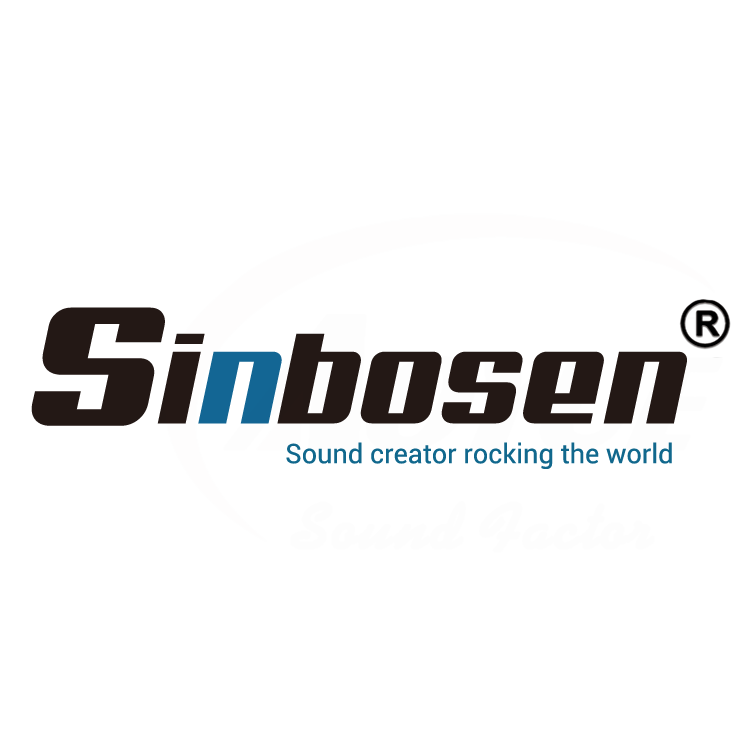Product News
The Damping Factor of Professional Power Amplifier?
Views : 9959
Update time : 2024-04-26 17:16:28
What is the damping factor of a professional stage amplifier? What is the impact?
The damping factor (damping coefficient) of a professional stage amplifier refers to its ability to control the movement of the speaker cone when the amplifier output changes. A higher damping coefficient indicates better control over the speaker and tighter bass response.
The impact of the damping factor (damping coefficient) is that it can affect the overall sound quality and bass performance of the audio output. A higher damping factor (damping coefficient) can provide more precise and controlled bass reproduction, leading to tighter and more accurate sound. On the other hand, a lower damping coefficient may result in looser bass response and less control over the speaker movement, which can affect the clarity and accuracy of the sound.
Ultimately, the damping factor (damping coefficient) of a professional stage amplifier plays a role in the overall sound quality and performance of the audio system, particularly in the bass frequencies.
Sinbosen's K Series,D-Series,DS Series damping coefficient:
Is there a standard for the damping factor (damping coefficient) of professional power amplifiers? What are the levels of 400, 600, and 5000 damping factor (damping coefficient)?
While there is no strict industry-standard damping factor (damping coefficient) for professional power amplifiers, a damping coefficient between 50 to 500 is generally considered acceptable for most audio applications. However, some high-end amplifiers may have damping coefficients higher than 1000.
In terms of the levels of damping factor (damping coefficient):
A damping factor of 400 would be considered good and can provide solid control over the speaker movement, leading to tight and accurate bass reproduction.
A damping factor of 600 would be considered very good and can offer even tighter bass response and better control over the speaker.
A damping factor of 5000 would be considered exceptional and would provide extremely precise control over the speaker, resulting in outstanding bass performance with high clarity and accuracy.
It's important to note that the damping factor (damping coefficient) is just one factor in determining the overall performance of a power amplifier, and other factors such as power output, signal-to-noise ratio, and frequency response should also be taken into consideration when evaluating amplifier performance.
Contact us:
 sales2@sinbosen.com
sales2@sinbosen.com
Whatsapp:https://api.whatsapp.com/send?l=en&phnoe=8616676738225
Website:https://www.sinbosenaudio.com/
The damping factor (damping coefficient) of a professional stage amplifier refers to its ability to control the movement of the speaker cone when the amplifier output changes. A higher damping coefficient indicates better control over the speaker and tighter bass response.
The impact of the damping factor (damping coefficient) is that it can affect the overall sound quality and bass performance of the audio output. A higher damping factor (damping coefficient) can provide more precise and controlled bass reproduction, leading to tighter and more accurate sound. On the other hand, a lower damping coefficient may result in looser bass response and less control over the speaker movement, which can affect the clarity and accuracy of the sound.
Ultimately, the damping factor (damping coefficient) of a professional stage amplifier plays a role in the overall sound quality and performance of the audio system, particularly in the bass frequencies.
Sinbosen's K Series,D-Series,DS Series damping coefficient:
 |
 |
 |
| D-Series Digital Amplifier>5000 | K-Series Digital Amplifier>600 | DS-Series Switching Power Amplifier>400 |
Is there a standard for the damping factor (damping coefficient) of professional power amplifiers? What are the levels of 400, 600, and 5000 damping factor (damping coefficient)?
While there is no strict industry-standard damping factor (damping coefficient) for professional power amplifiers, a damping coefficient between 50 to 500 is generally considered acceptable for most audio applications. However, some high-end amplifiers may have damping coefficients higher than 1000.
In terms of the levels of damping factor (damping coefficient):
A damping factor of 400 would be considered good and can provide solid control over the speaker movement, leading to tight and accurate bass reproduction.
A damping factor of 600 would be considered very good and can offer even tighter bass response and better control over the speaker.
A damping factor of 5000 would be considered exceptional and would provide extremely precise control over the speaker, resulting in outstanding bass performance with high clarity and accuracy.
It's important to note that the damping factor (damping coefficient) is just one factor in determining the overall performance of a power amplifier, and other factors such as power output, signal-to-noise ratio, and frequency response should also be taken into consideration when evaluating amplifier performance.
Contact us:
Whatsapp:https://api.whatsapp.com/send?l=en&phnoe=8616676738225
Website:https://www.sinbosenaudio.com/








